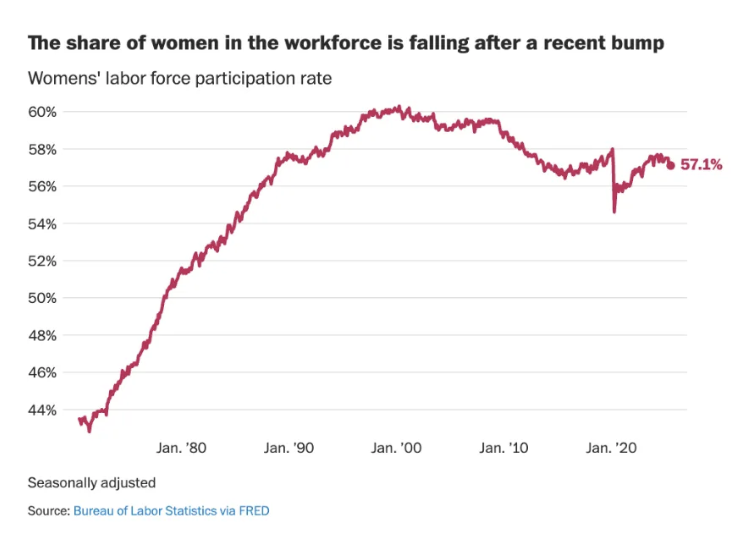Trump Vows To “Get Rid Of The Slums” As He Declares D.C. Public Safety Emergency
President Trump announced Monday that he would place the D.C. police under direct federal control and deploy the National Guard to the streets of Washington to fight crime and clear the city of its homeless population.
Violent crime in D.C. — including homicides, carjackings, and robberies — fell in 2024 after a post-pandemic spike, mirroring national trends. It continues to trend downward this year.
Still, D.C. ranked among the top five U.S. cities for homicide rates last year, according to the Center for Public Safety Initiatives at Rochester Institute of Technology.
Trump’s announcement comes after recent high-profile crimes, including the attempted carjacking of ex-DOGE staffer Edward “Big Balls” Coristine, who was brutally beaten up by multiple teenage suspects. Also making headlines was the fatal shooting of 21-year-old congressional intern Eric Tarpinian-Jachym; the 2023 carjacking at gunpoint of Rep. Henry Cuellar (D-TX); and the early 2024 killing of former Trump official Mike Gill during a carjacking spree.
HOW CAN HE DO THAT?
Trump announced Monday that he plans to activate the D.C. National Guard troops, who — unlike state National Guard — are under presidential control. He also federalized the Metropolitan Police Department, which he can do for 48-hour increments under D.C.’s Home Rule Act if "special conditions of an emergency nature exist which require the use of the Metropolitan Police force for Federal purposes."
Under the Home Rule Act of 1973, D.C. has limited self-governance. A full federal takeover would require congressional approval. Trump has floated the idea before, but Democrats would likely block any such effort.
Just hours after the announcement, Rep. Jamie Raskin (D-MD) said he’d introduce legislation to reverse this “plainly ridiculous state of local emergency and restore full home rule powers” to the leaders of D.C.
The president also has the authority to mobilize federal law enforcement agencies, including the FBI, U.S. Park Police, and the Secret Service. In recent days, FBI agents have been assisting local police in preventing carjackings and violent crime in D.C.
D.C. Mayor Muriel Bowser said Monday that measures taken in response to a “crime spike” during the pandemic have led to a “huge decrease in crime” in the nation’s capital. Bowser said D.C. officials and local police will continue to cooperate with the president on priority issues, but insisted that Trump was fully aware that D.C. crime had been improving in recent years.
“In every conversation I have with him, we’re always briefing the president on our progress,” she said at a news conference Monday. She added that, in their first meeting after Trump’s election, “we went over the crime trends, we went over how we’re seeing decreases, so the president is read in on our efforts.”
BY THE NUMBERS
According to D.C. police data, violent crime is down 26% year-to-date compared with this time in 2024, while homicides have dropped 12%. While the U.S. Attorney's Office in D.C. under Biden touted a 30-year low in violent crime in early January, the D.C. police union is accusing the city of deflating the numbers by reclassifying some robberies, carjackings, assaults, and shootings.
Nationwide, violent and property crime dropped to a two-decade low in 2024, according to FBI data. Here’s the latest Mo Newsletter on the trends.
Beyond D.C.: While Trump threatened Monday to expand his crime crackdown beyond Washington, legal experts note his authority to intervene outside of the capital city would be more limited, as other cities are governed by state law — unlike the District, which lacks full self-rule.
Have thoughts? Over in the Mo News Premium Slack community, we have more than 2,700 informed and curious subscribers discussing the day’s news, every day. Join premium today to be part of the conversation!
The number of working mothers in the U.S. with children under 5 years old has dropped nearly every month this year, with labor force participation falling by nearly 3% from January to June 2025. It comes as many companies have revoked pandemic-era remote work policies and flexible schedules.
About 212,000 women over age 20 have stopped working or applying for jobs since January, while 44,000 men have entered the workforce in that time, according to data from the Bureau of Labor Statistics. Labor force participation for mothers ages 25 to 44 living with young children is down to 67% in June 2025 from 70% in January.
WHAT’S LEADING TO THE CHANGE?
The drop is erasing gains to labor force participation made in the years after the pandemic, when remote work policies and flexible schedules brought more women into (or back into) the workforce. In 2025, many workers have seen those policies revoked on a large scale.
By the numbers: Full-time in-office requirements among Fortune 500 companies jumped to 24% in the second quarter of 2025, up from 13% at the end of 2024. President Trump also ordered federal employees back to the office five days a week in January, despite many federal workers having agreed to remote work contracts.
Other factors: Experts say another point of consideration is the pullback in federal dollars for childcare in recent years, forcing many centers to close or raise tuition.
Sweeping layoffs across the federal government have also affected many women who were drawn to those jobs for their stability and flexibility.
On the other hand, some moms say they’ve happily given up their jobs this year — to spend more time with their kids or to live out a lifestyle more in line with traditional gender roles.







